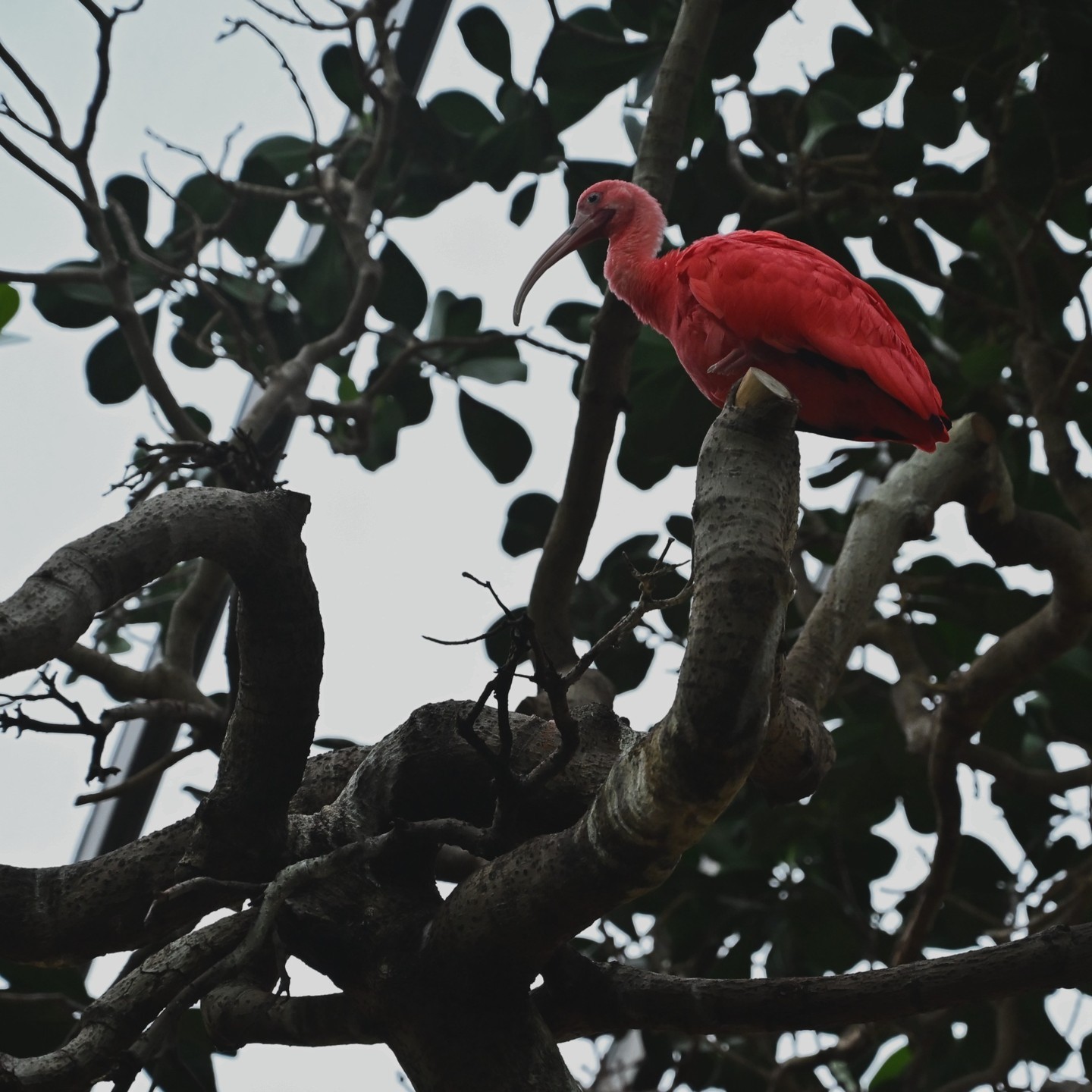- Overview of National Bird Day and its significance in wildlife conservation.
- Detailed profiles and ecological importance of scarlet ibises and ringed teals.
- Role of zoos and wildlife parks in bird conservation and public education.
- Importance of habitat preservation for bird species and their ecosystems.
- Actions individuals can take to promote bird conservation and environmental awareness.
National Bird Day, celebrated annually on January 5th, serves as a vital reminder of the need to protect and appreciate our avian friends. This day focuses on informing the public about the importance of birds and the challenges they face worldwide. It also celebrates the conservation efforts directed towards maintaining bird populations and habitats. By championing avian species like scarlet ibises and ringed teals, the day highlights their ecological roles and the threats they encounter. Through educational campaigns and events, National Bird Day aims to deepen public involvement in bird conservation, encouraging people to take part in actions that foster a sustainable environment.
Scarlet ibises and ringed teals are exemplary figures in avian diversity, each playing a significant role in their respective ecosystems. Native to the tropical regions of South America, the scarlet ibis is immediately recognizable by its vivid red plumage, which is a result of their diet rich in carotenoids. This bird is not only a visual delight but also serves as an essential part of the wetland ecosystems it inhabits. By feeding on crustaceans, fish, and insects, scarlet ibises aid in controlling the population of these species, thus maintaining ecological balance.
Similarly, the ringed teal, a small duck native to South America, contributes to the health of its ecosystem. Known for its distinctively marked plumage and compact size, this species resides in swamps and marshes. The ringed teal plays an important role in seed dispersal and controlling aquatic vegetation, which helps sustain the habitat diversity required by various species. These birds, cherished in zoos and by birdwatchers for their beauty and unique behaviors, exemplify the interconnectivity of species within an ecosystem and underscore the impact humans have on wildlife through habitat modification and climate change.
Zoos and wildlife parks have become indispensable allies in the fight for bird conservation. These institutions not only provide a sanctuary for many endangered bird species but also serve as educational hubs where the public can learn about the importance of biodiversity and conservation. Breeding programs, such as those for the scarlet ibis and ringed teal, help maintain healthy populations of species that might otherwise be at risk of extinction in the wild. By participating in and supporting these programs, zoos contribute to genetic diversity and precautionary measures needed for potential reintroductions into native habitats.
Moreover, zoo initiatives often include partnerships with conservation organizations and research institutions, which work together to monitor wild populations and gather critical data on avian health and habitats. Through these collaborations, zoos enhance conservation strategies that address the pressing dangers birds face, including habitat destruction, climate change, and poaching. Public education programs held at these facilities aim to engage visitors with experiential learning, where they can observe bird behavior firsthand and understand the complexities of conservation efforts.
Habitat preservation remains a cornerstone of sustaining bird populations globally. Many avian species rely on specific habitats for breeding, feeding, and migration. The loss of these key environments due to urban expansion, deforestation, and agricultural development poses a severe threat to their survival. To protect birds like the scarlet ibis and ringed teal, governments, NGOs, and local communities must work collaboratively to establish and maintain protected areas that safeguard vital habitats. Restoration projects, such as reforesting wetlands and controlling invasive species, bolster the resilience of these ecosystems, allowing them to support diverse bird populations.
Efforts to curb climate change are also critical in habitat preservation. Rising temperatures and shifting weather patterns affect bird migration routes and breeding seasons, leading to mismatches that can disrupt food availability and nesting success. By reducing greenhouse gas emissions and advocating for clean energy solutions, there is potential to mitigate these impacts, creating a more stable environment for birds and other wildlife.
Individuals play an important role in fostering bird conservation beyond participating in organized programs. Simple actions, such as installing bird feeders, planting native vegetation, and reducing the use of pesticides, can make backyards more bird-friendly. Citizen science projects, where individuals contribute data on bird sightings and behaviors, empower the public to take active roles in scientific research. Participation in local conservation efforts or support for organizations dedicated to protecting bird species amplifies these effects. By embracing a conservation mindset, individuals can make significant strides in ensuring the survival of birds both locally and globally.
National Bird Day, as highlighted through the stories of scarlet ibises and ringed teals, represents a collective call to action aimed at preserving avian biodiversity. Through education, conservation efforts, and responsible habitat management, people can contribute to a future where birds flourish in their natural environments. By connecting with local and international conservation initiatives, individuals and communities can help sustain the ecological roles that these beautiful creatures play in the natural world. Let National Bird Day serve as a reminder of our shared responsibility and as an inspiration to continue advancing conservation efforts all year round.
*****
Source Description
Happy National Bird Day from the scarlet ibises and ringed teals!


